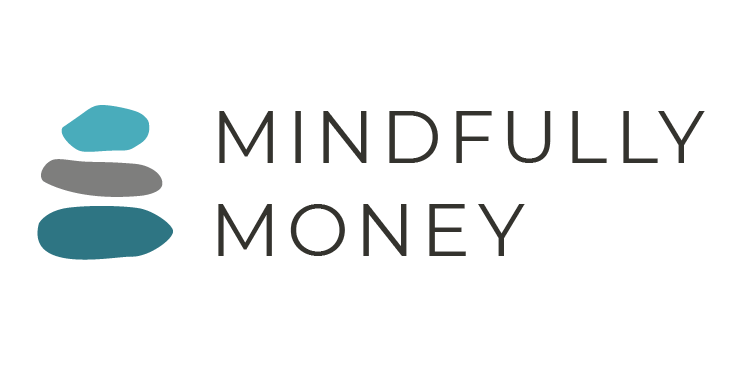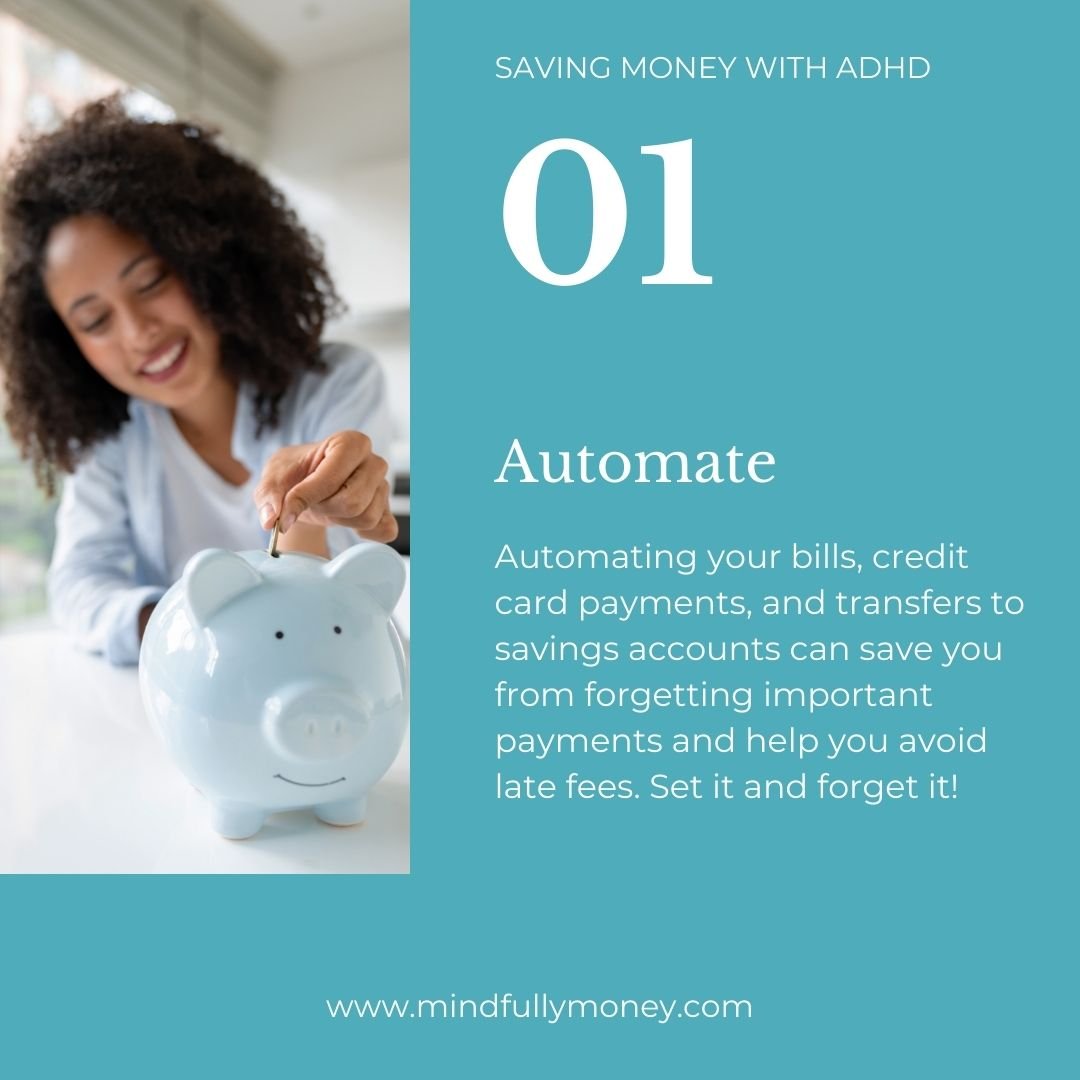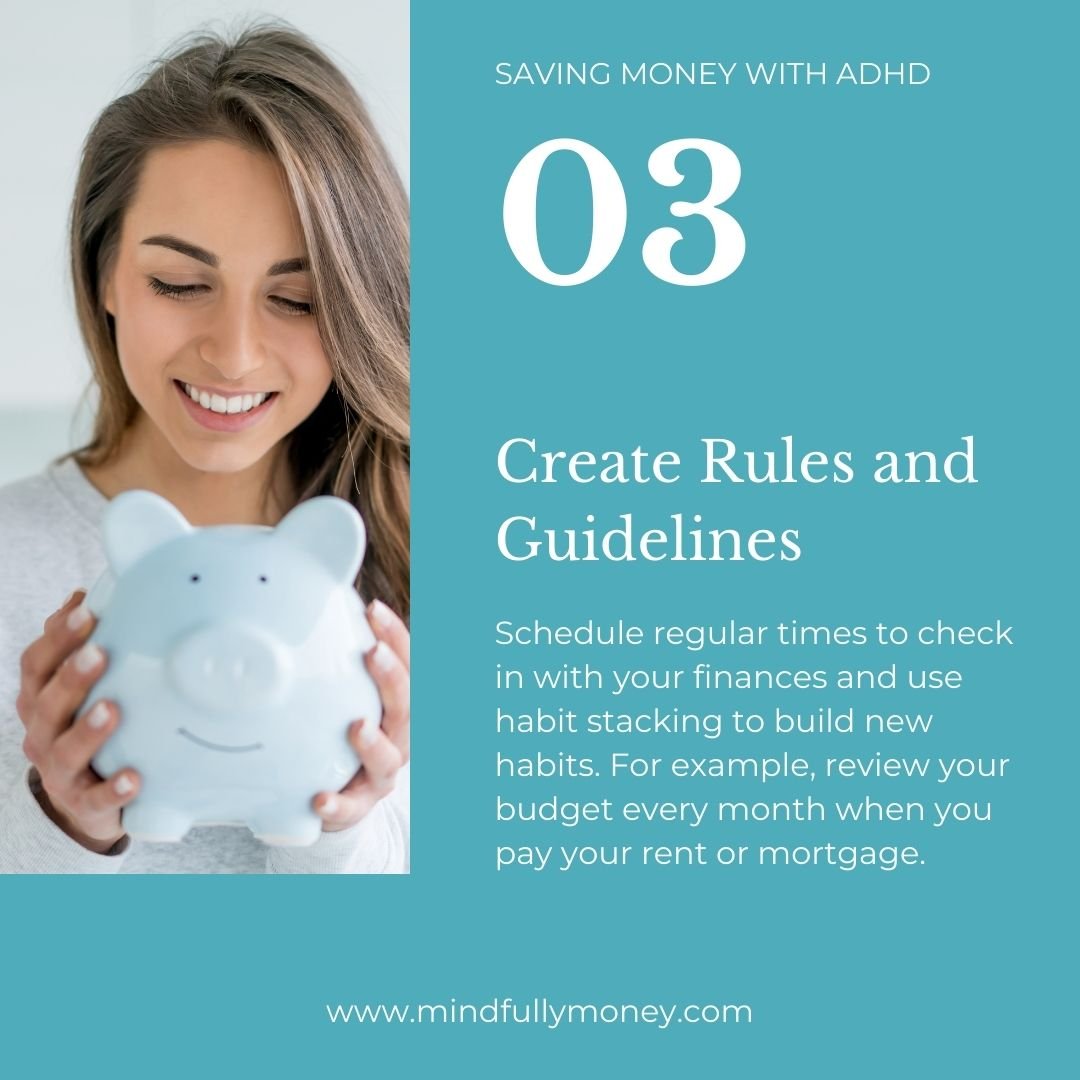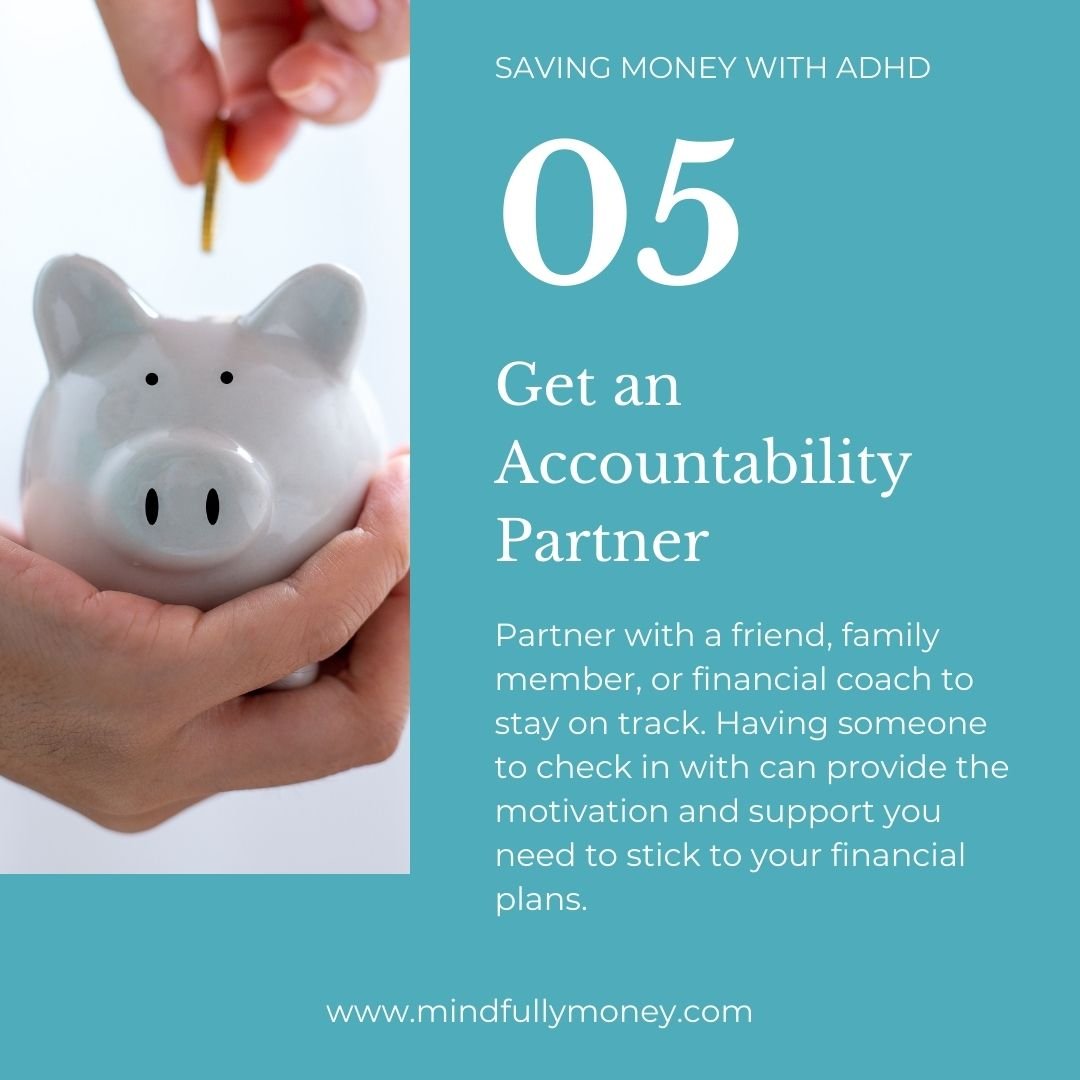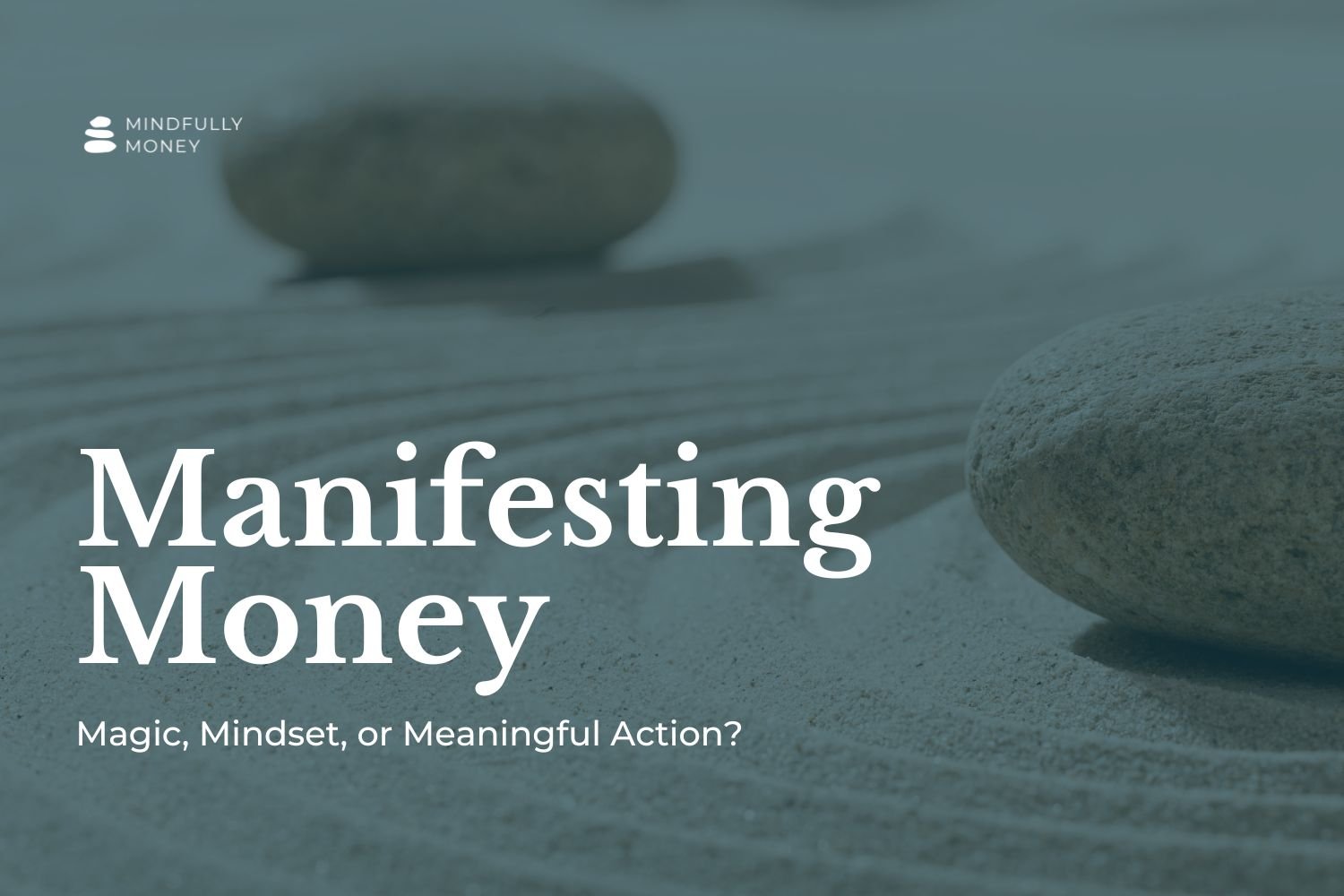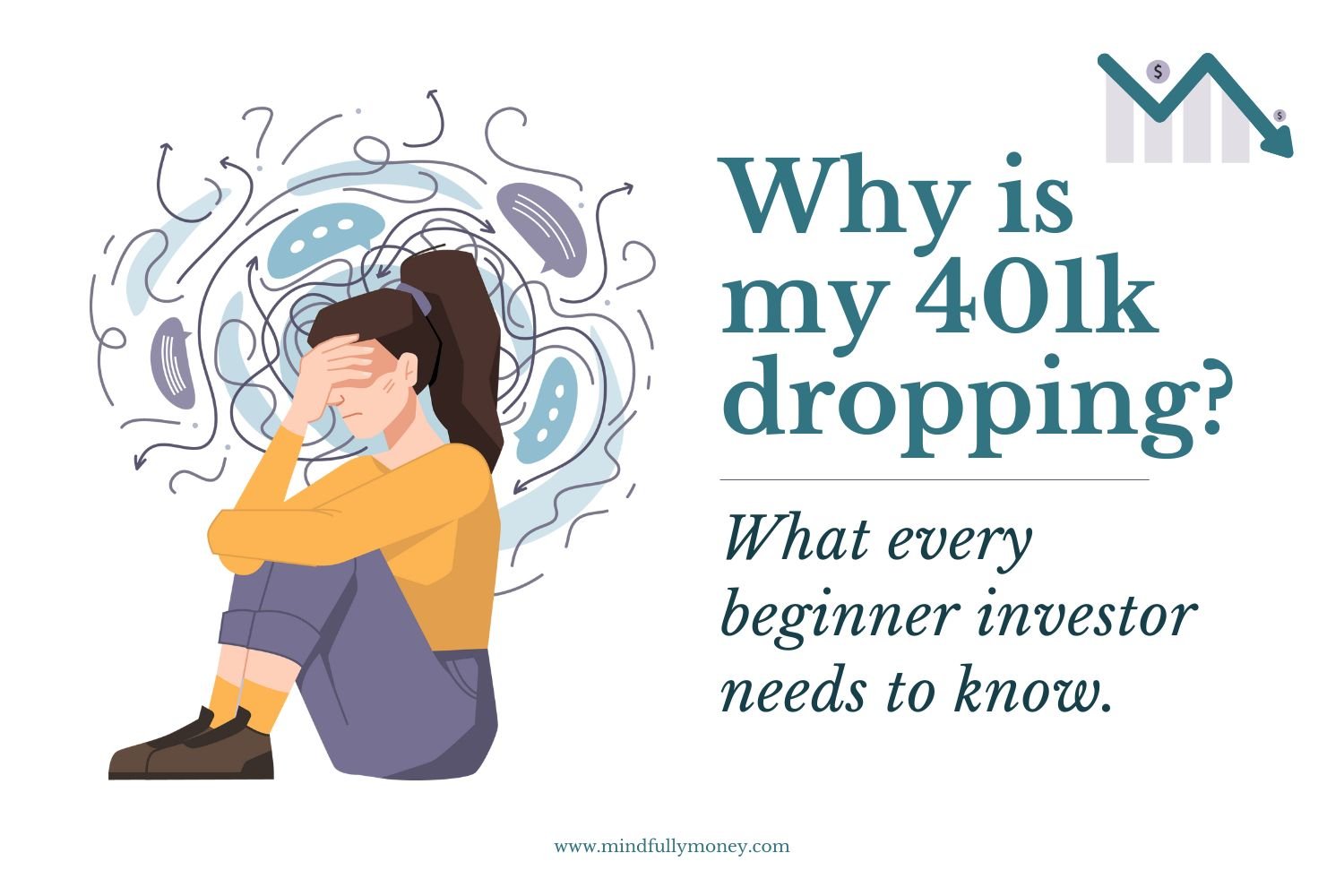How to Save Money with ADHD
A few months ago, I discovered that I have ADHD, and suddenly, so many things in my life made sense—like why I forget what I’m talking about mid-sentence, why I struggle to complete projects because I get distracted by new ideas, why I kept putting school events in the calendar on the wrong dates, and why tracking and updating my finances was so challenging.
Despite these struggles, I’ve actually been pretty good at managing my money. I realized that it’s because I unknowingly created systems and habits that helped me be effective.
Now, I want to share those strategies with you so you, too, can learn how to save money with ADHD and take control of your financial future.
I am by no means an expert on ADHD, but I am a trained financial coach who happens to have ADHD. And I want to share with you some of the insights that I’ve had as I’ve been learning about how ADHD affects me along with some tips I have on managing money with ADHD.
So if you’re wondering how having ADHD affects your finances and what to do about it, keep reading!
The Challenges of Managing and Saving Money with ADHD
ADHD is a condition that affects your executive functions, which are the processes in your brain that help you self-regulate, plan, organize, maintain attention, strategize, and more. These skills are all critical when it comes to managing your money.
People with ADHD might:
Spend money impulsively, perhaps as a way to fill emotional needs
Feel too overwhelmed to even know where to start with managing their money
Forget to pay bills on time or ignore their finances altogether for long periods
Struggle to keep track of documents and tasks that need to be done
Procrastinate on important tasks like filing taxes, saving money, getting insurance, etc
Find it challenging to think about and plan for the future
Regret past purchases or actions
All of these actions can have significant negative financial consequences and need to be addressed. Failing to make necessary changes can result in debt, missed bills, lost opportunities, financial penalties, a lack of savings, failure to achieve financial goals, and more. Essentially, you’re going to feel stressed about your money.
You don’t need to feel stressed and overwhelmed with your finances. You have enough of that in your life already. Read through the tips below and pick a few to implement right away. Let’s set up some systems to get you on track financially and reduce some of that stress!
Pro Tip: If at any point during this article you are feeling SUPER inspired to take control of your finances, schedule a call with me RIGHT NOW! Take advantage of that motivation! But also know that you’ll probably NOT feel motivated when it comes time for our call, and that’s NORMAL. Please do yourself a favor and come anyway! Even if you do nothing else, you’re going to feel so much better after talking to someone who understands your ADHD challenges with money!
When it comes to managing money, there are three areas we need to tackle:
We need to set up some systems and strategies to help you overcome any challenges you have with inattention to detail, procrastinating, lack of motivation, time management, and disorganization.
Figure out some ways to control impulses and emotional spending.
Help you create a longer-term plan, with achievable goals, and the systems to make it all happen.
The most important thing is to reduce the number of things you have to do and think about.
Because every decision that you need to make and every action you need to take is an opportunity for everything to fall apart. We ADHDers need systems that allow us to pay as little attention as possible while still setting ourselves up for success.
So let’s talk about how to do that!
Practical Strategies for Saving Money and Managing Finances with ADHD
The following strategies will help you stay on top of your everyday finances and reduce the possibility of forgetting to pay bills, accidentally over-drafting, and more. They’ll help you feel less overwhelmed and more in control of all those regular money management tasks we need to do.
1. Automate
I can’t tell you how many times I have panicked because I thought I forgot to pay something and then I looked and found that I had set it up to happen automatically. It has saved me from late fees and penalties MANY times.
Things you can automate:
Bill pay
Payments on credit cards
Delivery of regularly used items like toilet paper
Transfers to savings accounts
2. Create reminders
If you can’t automate something, you can create reminders. Use whatever task management system you have.
(I know, you’re probably laughing at my assumption that you have and use a task management system. I was in that place too until my diagnosis threw me into a hyper-motivated period where I created a system that has mostly stuck. Plus, my therapist acts as an accountability partner.)
This can be as simple as setting reminders on your phone, using Google calendar/tasks, or writing it on a paper calendar. Or it could be something much more elaborate like Notion (which is what I’m using).
Whatever it is, the key is to create the reminder and then actually follow through when it reminds you. (See tip 5 below if you need help with that.)
3. Create rules and guidelines
My fellow ADHDer, I’m sure you have noticed how impossible it feels to create a new habit. There are plenty of things we know we should be doing and want to be doing. But figuring out how to actually make them happen is a major challenge.
If you’re like me, you’ve definitely found yourself wondering how you will remember all of these things that you want/should be doing.
What I’ve learned is that there are two keys to making things happen:
1. Schedule a regular time to do something.
I used to struggle to consistently send out an email newsletter until I picked a day of the week and committed to doing it at the same time. I don’t have to waste time thinking about when I’m going to do it. Somehow removing that decision got me unstuck and helped me just do it.
This isn’t a perfect system for everything and there are many things where I don’t follow through, but it has helped immensely.
When it comes to your finances, decide on a regular time to check in with your finances.
For example, you could say that every week you and your partner have a 20 minutes check in with your finances. Or you could reserve the first Monday evening of every month to update your budget or spending plan.
2. Use habit stacking.
In his book Atomic Habits, James Clear recommends linking (or stacking) new habits to old ones. For example, if you have a new medication to take and are struggling to remember, tie it to some other regular habit you have. You could take the new medication when you brush your teeth or when you’re making your coffee in the morning.
With your finances, this could be something like:
Checking on your finances/budget once a week after you make your weekly grocery list and meal plan
Updating your finances every month when you pay your rent or other monthly bill
Think of something that you’re already doing every month, week, or year, and tie your financial tasks to that.
Ultimately, having an intentional plan for doing something at a set time can be immensely helpful.
4. Give yourself structure and easily enforceable limits
If you find yourself spending money impulsively despite your best intentions, you might find it helpful to give yourself limits that are easy to enforce.
Here are a few ways you can do that:
1. Use cash.
People who find it hard to resist impulse buys often benefit from using a cash envelope budget.
This is a system where you take your spending money (anything not going to savings or bills) out in cash and divide it into categories. You put the amount allocated for each category into an envelope.
For example, you might have a grocery envelope, one for eating out, and one for fun spending. You can divide it any way you’d like.
Once you run out of money for the month, you’re done spending in that category. Some people further divide the money up by week.
This works well because it is a very tangible experience with natural limits. You don’t have to think about the larger picture—you just look to see how much is in your envelope.
Alternatively, you could put this money on reusable Visa gift cards instead of using cash.
2. Use accounts to divide up your money
Instead of using cash and envelopes, you can try using a system of accounts to set natural limits.
For example, you could:
Keep money for your regular, consistent bills in your main checking account. Always make sure there’s enough money in that account (plus a little extra as a buffer) to pay for your rent/mortgage, utilities, and any other regular bill.
Transfer the rest of your money into a separate checking account to be used for variable expenses—anything that is not a regular, reoccurring bill. Use the debit card for this account to pay for everything from groceries to random expenses.
You can customize this system in many ways to make it work for you, but the key thing is that it reduces the complexity. It’s much easier to see how much money you have available to spend when you don’t also have to worry about being able to pay your bills.
This system gives you the confidence that your bills are taken care of and reduces the number of things that you have to think about every time you want to buy something.
5. Get an accountability partner
I have found it immensely helpful to have an accountability partner to keep me on track. I KNOW what I need to be doing and sometimes I can do it. But if I’m not feeling motivated or am so overwhelmed that I can’t make a decision, it helps to have someone else tell me what to do and what to focus on.
My husband and my therapist serve this purpose at different times, but you could also have a friend, family member, or online community to help you. This is also an excellent reason to hire a financial coach.
The above strategies and systems will help you set yourself up for success, but even with all of that, it can be hard to deal with the emotional aspects of spending money and to resist impulses in the moment.
Coping with Emotional Spending
1. Identify your spending triggers
Keep a spending diary for at least a few weeks where you write down all of your purchases. Record the amount, what you bought, where you were, how you were feeling, and why you bought it.
Doing so provides you with insight into when, where, and what you are buying. It’s a great activity for anyone, whether or not they have ADHD. My clients are often surprised by how much they are spending in particular areas.
Once you have this information, you can better identify strategies that will help you reduce your spending.
For example, if you find yourself constantly spending more than you intended at Target, you could have your spouse do the shopping or order your groceries for pickup or delivery.
If you find that you spend a lot of money going out with friends, you could intentionally plan social activities that do not cost money (like getting together at someone’s home or going for a walk).
2. Find other ways to fill emotional needs
When you make a purchase, it is rarely about the specific item you’re buying—it’s about the emotional need that it fills. We buy things because we want to feel a certain way. For example:
We go shopping because we’re bored and want to be entertained
We go out because we want social interaction
We buy clothes because they make us feel good
We go on vacation because we want adventure or relaxation
So figure out what emotion you are seeking and identify other ways to fill that need. That might mean distracting yourself with other activities or finding free (or less expensive) alternative activities.
3. Use time to your advantage
When we are in the moment of wanting to buy something, our emotions are in a heightened state, making it hard to think rationally. Sometimes the best thing you can do is give yourself time to consider.
If you’re in the store, take a few deep breaths and ask yourself if it is something you truly want or need. Even better, leave the store and tell yourself you can come back later if you still want it.
When you’re shopping online, add things to your cart but don’t check out right away. Walk away for a while. You might find that you don’t feel as strongly about purchasing it once the moment passes. Or, you might even forget that it was there in the first place.
Identify WHY you want to save money
Let’s be honest, saving money just because you’re supposed to save money just isn’t that exciting. And it’s not just you. The tendency of humans to put more weight on the present situation and immediate gratification over long term rewards is a well-known phenomenon in called present bias.
In essence—it’s hard for us to save for the future because our brains just don’t work that way.
There are two primary ways to overcome this and get yourself to actually save money for the future.
The first is automating transfers to savings. As we’ve already discussed, this removes the responsibility of having to decide to save over and over again. When it happens without you, you don’t have to think about it.
The second is to identify your reasons for saving money and to make the future more tangible. Anything you can do to make the future feel more real will help you motivate yourself. Let’s talk about that next.
Tips to Help You Prioritize Savings Goals with ADHD
1. Identify specific goals
Saving for something intangible is hard. You have to make it more specific and think about what it is, what it looks like, who is there, when you’ll do it, etc.
If you’re saving for a house, figure out what it looks like and where it is.
Imagine you in retirement. Picture what you look like and what you are doing. Think about taking care of that person and giving her/him/them the ability to live that life you have envisioned.
Don’t just say you want to go on vacation, decide where, when, what, etc.
2. Create visual reminders to keep these goals at the front of your mind
Create a vision board
Change the background of your computer or phone screen to a picture of what you want
Put post-it notes, pictures, or credit card stickers on your wallet or credit card
3. Track your progress and review goals regularly
When you do your monthly money check-in, make sure you review your progress toward your goals
Use tracking sheets or other fun visuals to help you see your progress
Ultimately, telling yourself you shouldn’t buy something just isn’t going to work. You need to have something positive to motivate you if you want to be successful in the long term.
Learning how to save money with ADHD can be a challenge, but it IS possible.
Now this has become an extremely long article, and if you’re still with me, you might be feeling overwhelmed by all of the tips and strategies I’ve given you. (I know I would be.)
So if that’s you, take it one step at a time. Remember that you don’t need to change everything all at once—that’s typically not possible or sustainable. Break it down and take baby steps.
And if you still want help, I’m here to support you!
